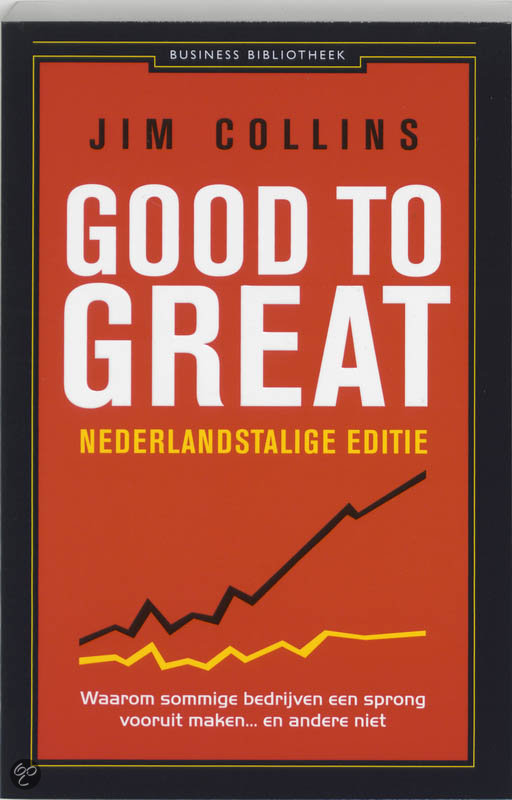

Some people think they stumbled in the face of camera manufacturers like Sony and Nikon, while many people don't realize that the world's first digital camera was actually made by Kodak. But unfortunately, they have not been able to keep up with the new era. Its film recorded people’s sorrow and happiness, glory and dreams for more than 100 years.

Kodak was once the world's leading film manufacturer. But slowly, they began to not think about innovation, became content with the status quo, stopped seeking to improve, let themselves fall into the trap of complacency and consequently fell from the top to the bottom. There are many famous companies that have experienced a period of glory, leaving their peers far behind. Today we will unlock the book From Good to Great: Why Some Companies Make the Leap. The outcome of the paper offers evidence to support Good to Great framework by putting it on trial against a large international organization.Hi, welcome to Bookey. This paper examines empirical data and evidence from Toyota research and analyses the degree of fit relative to the Good to Great framework. A consistent tenant in Fortune's Global 500 top 10, Toyota is arguably one of the most successful companies in the world, showing a growth that has been remarkably steady for almost 80 years. While the book originally studied only American companies, this research will examine Good to Great's research methodology and definition of " great " in order to compare the framework to Toyota Motor Corporation. The resulting seven-component framework of Good to Great has brought the book both wild acclaim in management circles and heavy scrutiny in the research arena. Best-selling business bookGood to Great was published in 2001 as the result of an effort to understand what characteristics, if any, companies who experience an extended run of greatness have in common compared to companies who do not.


 0 kommentar(er)
0 kommentar(er)
